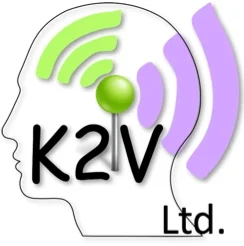Opportunity ranking and Value Polarisation
Having made valid comparisons with sufficient diversity of basins, you can now level the playing field between depth of knowledge, data richness and breadth of knowledge to screen like for like by combining the data tables derived from both the Knowledge PinMap™ and KRACQS™ (key table is basin segment). The result is a relative ranking of opportunity segments against all other segments where knowledge has been harvested and shared or stacked. You can now establish which opportunities to spend more time on maturing and which to keep on the back-burner for future reference. KRACQS™ allows you to flag what has to change for an opportunity to become attractive enough to spend money on maturing in the future. Kracqing opportunities in this way allows your organisation to have collaborative or administered control over which opportunities are being worked on. If you have already worked on an opportunity in the past and are invited by a third party to farm-in at a future date, the database will allow your organisation to instantly recognise where the gaps are in your knowledge or in your perception of value. This will facilitate a much more informed conversation for reactive opportunities with third parties.
KRACQS™ provides a static opportunity ranking at any given moment (with context). What is required is a more dynamic understanding of what has to be done to to change that view, in effect to close the gap between an opportunity and a peer opportunity that you aspire to achieve. This is called value polarisation and involves literally moving the dot by identifying which of the geo-technical and geo-commercial metrics by peer comparison are immutable and which are tractable to new data for polarising risk or de-risking the opportunity altogether. If in the process of mentally maturing the opportunity without significantly closing the gap, then the likelihood is that the opportunity is flawed: it will never be attractive on the basis of what you know about the opportunity.
NEXT: click here for the next module
OR

